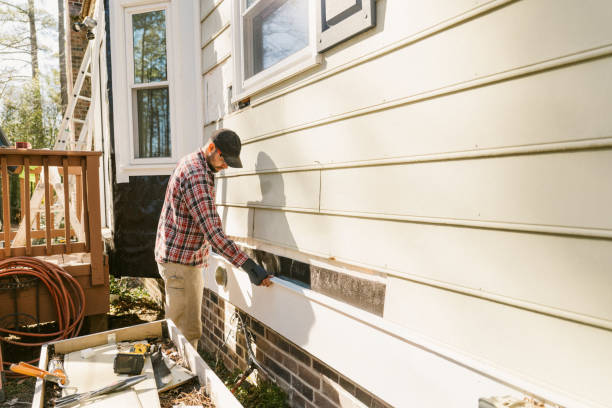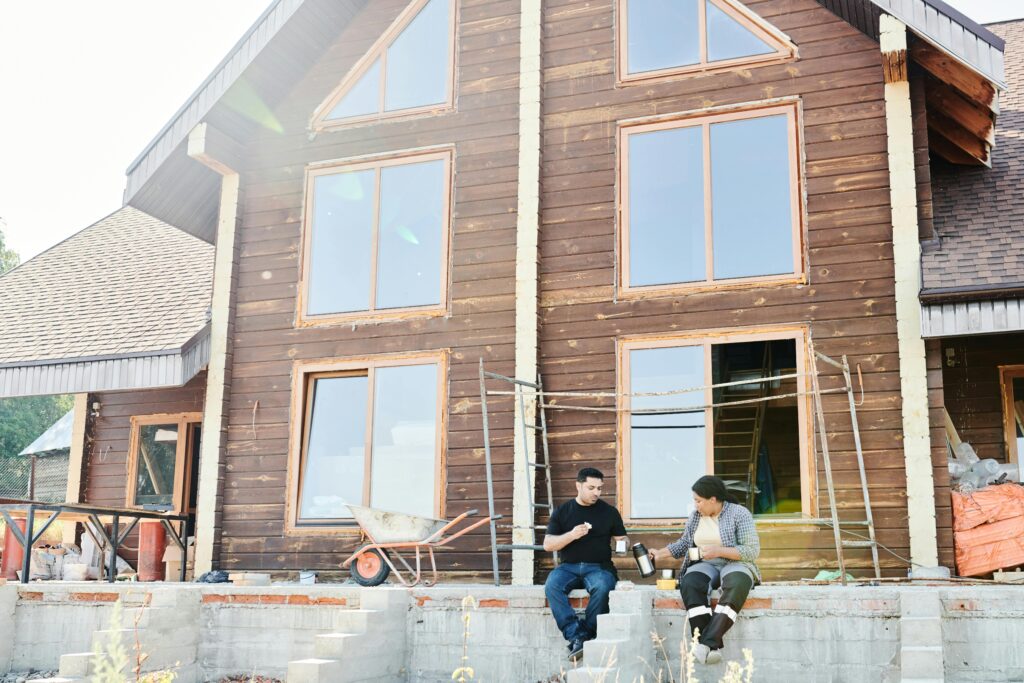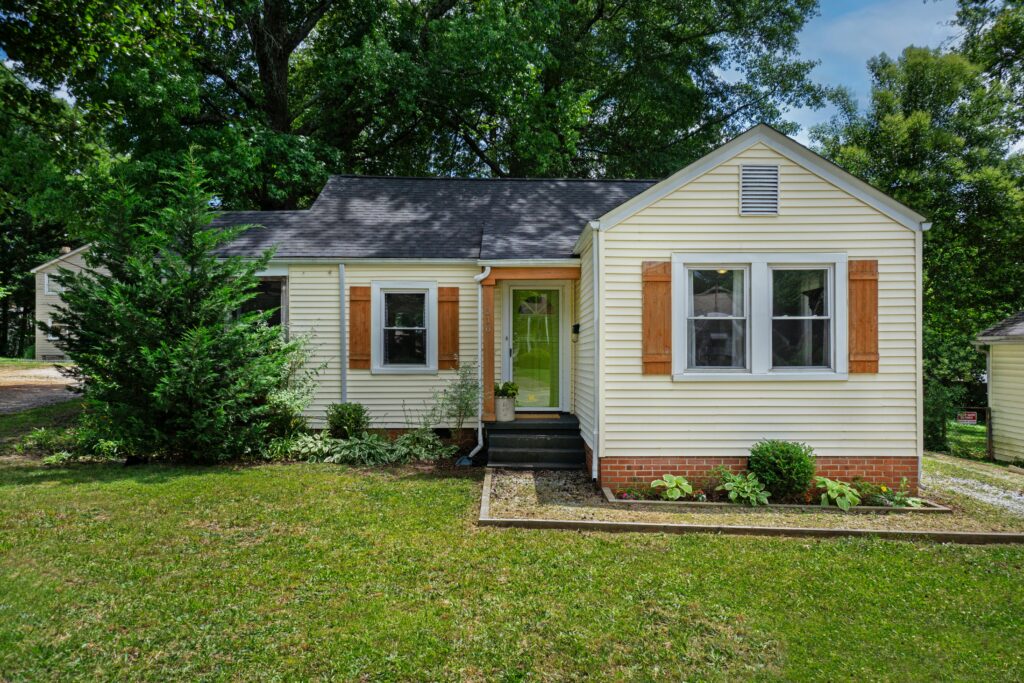Choosing the right siding material is crucial for any residential project. With numerous options available on the market, homeowners often find themselves grappling with decisions that affect aesthetics and functionality, maintenance, and durability. Siding can significantly influence a home’s exterior appearance, contribute to energy efficiency, and even affect resale value. Understanding the various materials available and their unique benefits is important when making a selection.
Vinyl Siding
Vinyl siding remains one of the most popular choices among homeowners due to its affordability and ease of maintenance. This material is made from Polyvinyl Chloride (PVC), which makes it resistant to various environmental conditions, including moisture and UV rays. Vinyl siding comes in a variety of colors and styles, allowing homeowners to customize their home’s look easily. The longevity of vinyl is impressive; it can last up to 30 years or more with proper care.
One of its significant benefits is that it does not require painting, and any necessary maintenance often involves simple cleaning. However, homeowners should be aware that extreme temperatures can cause vinyl to warp, and repairs may be needed. If issues arise, many homeowners turn to experts to repair vinyl exteriors, ensuring the look and integrity of their homes are preserved. Vinyl siding offers a blend of affordability, durability, and versatility.
Wood Siding
Wood siding brings a classic, natural appeal to any home. Many people love wood for its aesthetic potential, as it can be stained or painted to achieve various looks. Whether you choose cedar, pine, or redwood, wood siding provides great insulation, helping to regulate your home’s temperature. However, it does require more maintenance than other materials. Regular painting or staining is important to prevent rot, mold, and insect damage.
Wood siding is eco-friendly compared to synthetic alternatives. It can easily blend into natural environments, enhancing curb appeal while increasing property value. On the downside, wood can be more susceptible to fire damage and requires more investment upfront when compared to options like vinyl or aluminum.
Fiber Cement Siding
Fiber cement is gaining traction in the siding industry, thanks to its durability and resistance to elements like moisture and pests. Made from a mixture of cement, sand, and cellulose fibers, fiber cement siding can mimic the appearance of wood or stucco without the downside of decay. This material is nearly impervious to fire, making it an excellent choice for regions prone to wildfires.
While the initial installation cost may be higher than other materials, fiber cement is built to last up to 50 years, making it a long-term investment. Its low-maintenance nature appeals to homeowners looking for a hassle-free option. Unlike wood siding that needs to be painted regularly, fiber cement only requires occasional washing and maybe a repaint every decade or so, which helps maintain its vibrant colors.
Aluminum Siding
Aluminum siding presents another option that is known for its longevity and resistance to corrosion. This material is lightweight and easy to install, making it a popular choice for many builders. Unlike vinyl siding, aluminum does not become brittle in cold temperatures, allowing it to excel in colder climates. It reflects heat, which can contribute to energy efficiency in hot weather.
Homeowners have the option of choosing from a range of finishes and colors, although aluminum can dent more easily than other materials, potentially affecting its aesthetics. Maintenance involves regular cleaning and occasional painting to avoid oxidation. The initial cost is generally affordable, but it’s important to note that aluminum siding may require more upkeep in the long run compared to other options.
Stucco Siding
Stucco offers a distinct look with its textured finish. It’s made from a mixture of sand, cement, and water, providing a durable exterior that can withstand various weather conditions. One of stucco’s primary advantages is its energy efficiency, due to its ability to insulate effectively. Homes with stucco siding tend to have lower heating and cooling bills, which is an appealing factor for many.
Repair can be complex and might require professional intervention. On the maintenance front, stucco generally requires repainting every five to seven years, depending on the climate and weather exposure. Homeowners must be diligent in inspecting for damage to retain the visual and structural integrity of their homes.
Brick Siding
Brick siding is often synonymous with longevity and classic appeal. Known for its robustness, brick offers excellent insulation, which can contribute to reduced energy costs. It requires little maintenance, needing only occasional cleaning. Brick is fire-resistant and can withstand various weather conditions, boosting its appeal in various climates. The aesthetic versatility of brick, spanning traditional to contemporary styles, is noteworthy.
The initial installation cost can be high, and homeowners should consider the long-term investment when choosing this material. While repairs can be less frequent, they can be costly when needed. Cracks in mortar joints may require tuckpointing, a skilled job often best left to professionals. Brick remains a top choice for those seeking both beauty and durability.
Deciding on a siding material involves analyzing the various available options, each with distinct advantages and disadvantages. It’s important to consider factors such as climate, maintenance needs, aesthetic preferences, and budget constraints before choosing a siding material. Understanding these factors ensures that homeowners select a viable and attractive solution for their residential projects.
Published by HOLR Magazine.




